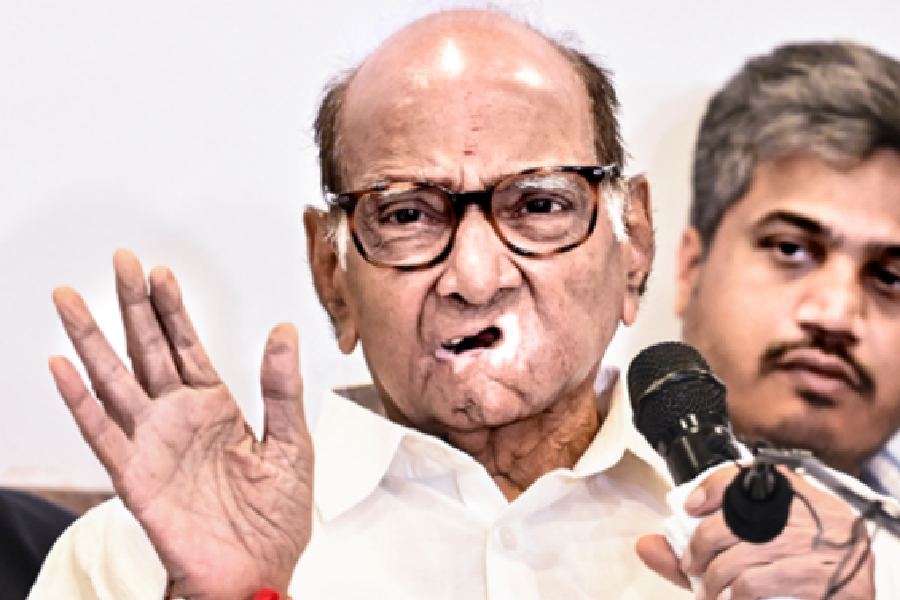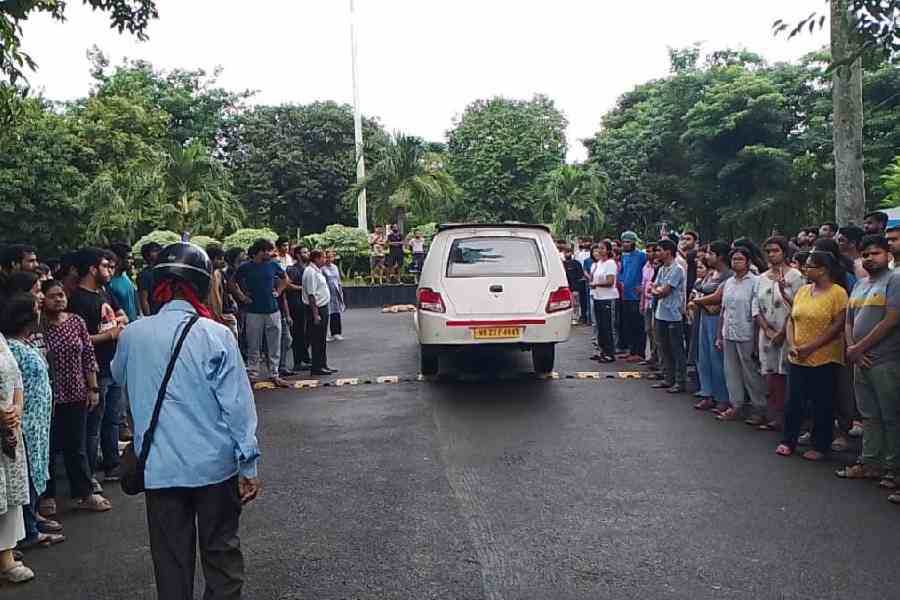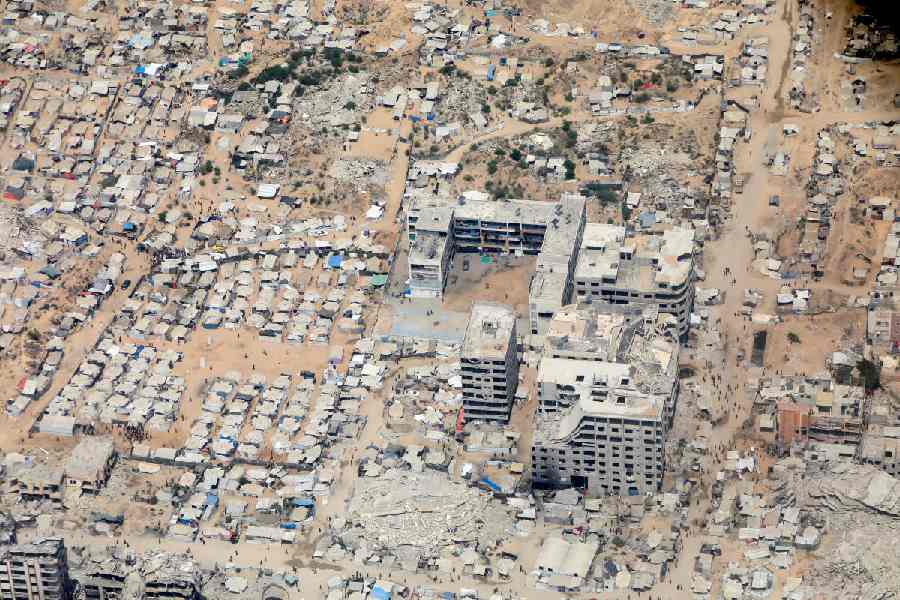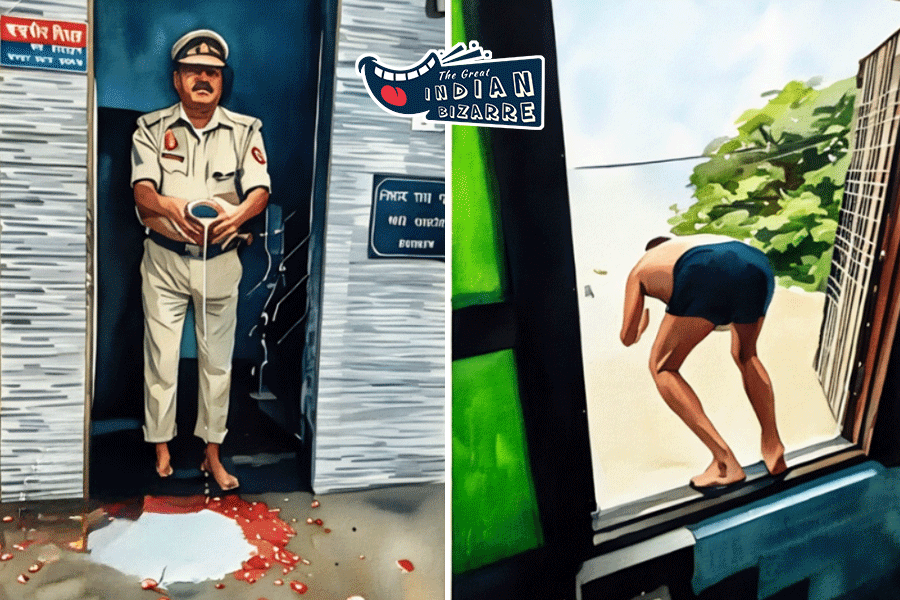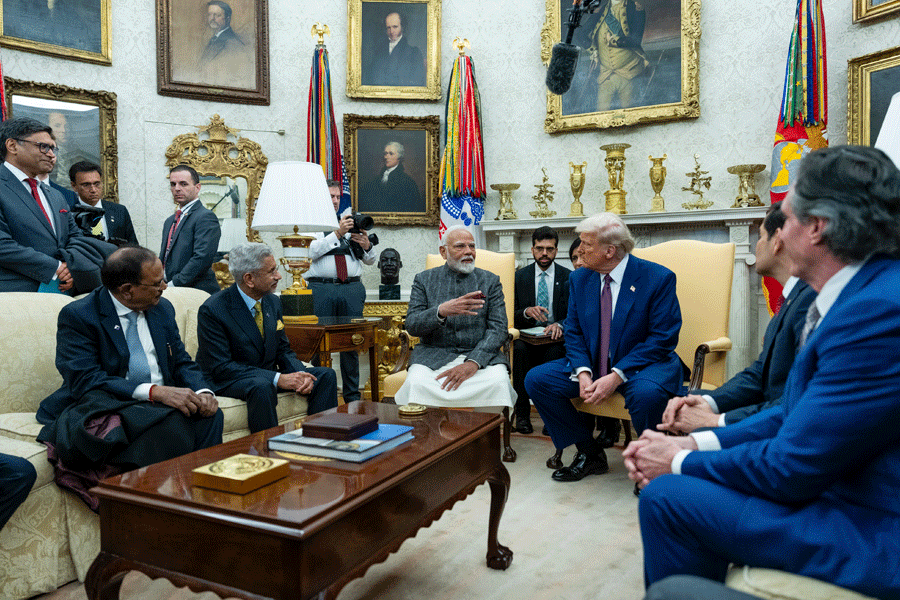Tehran, May 22: Joginder Pal Singh's son left Iran to go to college in Mumbai. That was the last time the son counted Tehran as his home.
Iran's restrictions were a factor for Singh's son and some of his friends. Colleges in Iran teach all subjects in Persian. Some of the basic joys of life are tougher to find in a country where even public camaraderie between unrelated men and women is at times frowned upon.
But the biggest push to leave came from a decade of crippling sanctions that bled Iran and brought a microcosm of India that has lived for a century in this country to the verge of extinction.
The end of sanctions imposed by the US and the European Union on Iran for its nuclear programme has fuelled hopes of revival for a tiny Sikh community that includes Joginder Pal.
Many members of the community sell auto spare parts and have for decades made Iran such a permanent home that their sole shrine in Tehran, the Bhai Ganga Singh Sabha Gurdwara, has emerged a go-to venue for all visiting Indian dignitaries.
.jpg)
Prime Minister Narendra Modi drove down to the gurdwara straight from Tehran's Mehrabad airport after landing here on Sunday evening.
"There are more and more people who left and now say they are interested in coming back," Manmohan Singh Sawhney, widely regarded as the community's leader here, told The Telegraph as he supervised last-minute preparations at the shrine this morning. "They had given up on Iran, but now this country and its market represent a giant opportunity," the 70-year-old added.
Sawhney, who led Modi from his car into the shrine and sat with him as the Prime Minister covered his head and offered prayers, had prepared a to-do list for his brief meeting with the Indian leader.
The Sikh community, the mainstay of the Indian diaspora here, consists of 55 families, of which about 50 are in Tehran, the remaining five being in Zahedan in southeast Iran.
The tiny community can no longer afford to maintain its sole ground for last rites, which was outside Tehran when it was purchased 20 years ago, but is now within the limits of the ever-expanding capital, Sawhney said.
Indian ambassador to Iran Saurabh Kumar has promised to use funds from the cultural kitty of the embassy to support the maintenance of the ground, Sawhney said.
Reminding Modi about the ground was at the top of Sawhney's priorities for the Indian leader's visit to the gurdwara, which former Prime Minister Atal Bihari Vajpayee had visited in 2001 and foreign minister Sushma Swaraj visited last month.
In between, Gursharan Kaur had made a trip to the shrine in 2012, when her husband Manmohan Singh was Prime Minister.
But survival, more than death, has worried the community in recent years as its numbers dwindled from over 3,000 to under 200 in Iran. The community had largely migrated to Iran after the Partition, though some families have been in Tehran for over 100 years.
"The sanctions hit us badly," Barinderjit Singh Sahni, an entrepreneur and a member of the gurdwara committee, said, sipping tea after lifting chairs and carpets and cleaning a kirpan that was presented to the Prime Minister in the evening. "Most of our youths left for India, Dubai or the West to study and for jobs."
Business too suffered under the sanctions, Sawhney and Singh said.
It isn't as though the community didn't have other challenges. Because of its size, it isn't recognised as a religion in Iran. The law in Iran requires the wife to adopt her husband's religion - a problem for Sikh women who want to marry Iranians.
Sikhs who have taken Iranian citizenship - everyone born in Iran has the option to choose Iranian citizenship or apply for any other nationality between the ages of 17 and 18 - have faced an additional problem. Iran has mandatory military service, and initially insisted that conscripts get their hair chopped into a neat crew cut. Sikh elders like Sawhney had intervened and succeeded in gaining an exemption for Sikh youths.
But broadly, community members say, Iranians have always treated Sikhs with deep respect.
"I always say Iran is the only place in the world where I get called 'sir' three times when I am addressed," Sawhney said. " Jenaab Agha Sardaar. Where else will I get such respect?"
And it is the sanctions more than Iran that fuelled the exodus they now hope to reverse.
"There has been a decrease in demographics of the Indian community in Iran due to various factors, including local and global issues," Manjit Singh G.K., president of the Delhi Sikh Gurdwara Committee, had written to Modi on the eve of his visit.
But while the Delhi Sikh leader requested Modi to "take up" these concerns "with his Iranian counterparts during the visit", the Tehran Sikhs have a different recipe in mind.
"There's only so much the Indian government can do, when some of us are in fact Iranian citizens," Sawhney said. "But like the Iranians, through the sanctions, we too have become hardy, resistant and capable of surviving challenges. And like Iran, we will come out of this crisis too."

.jpg)
